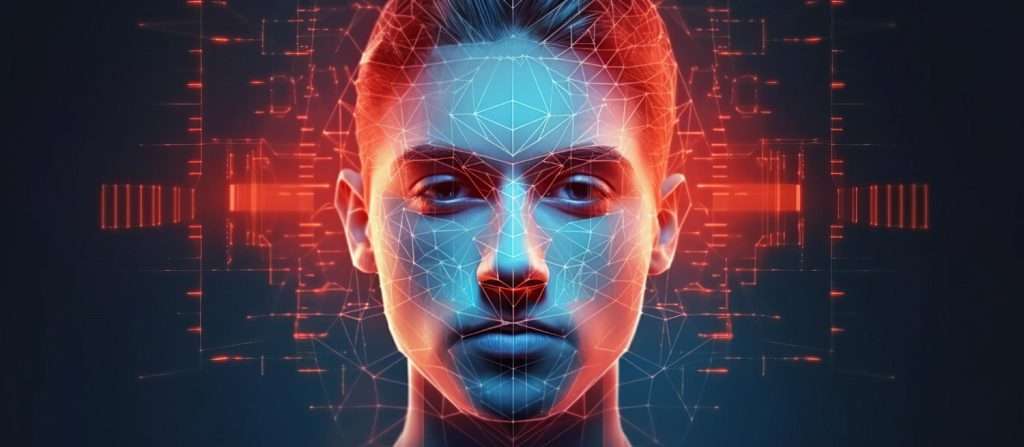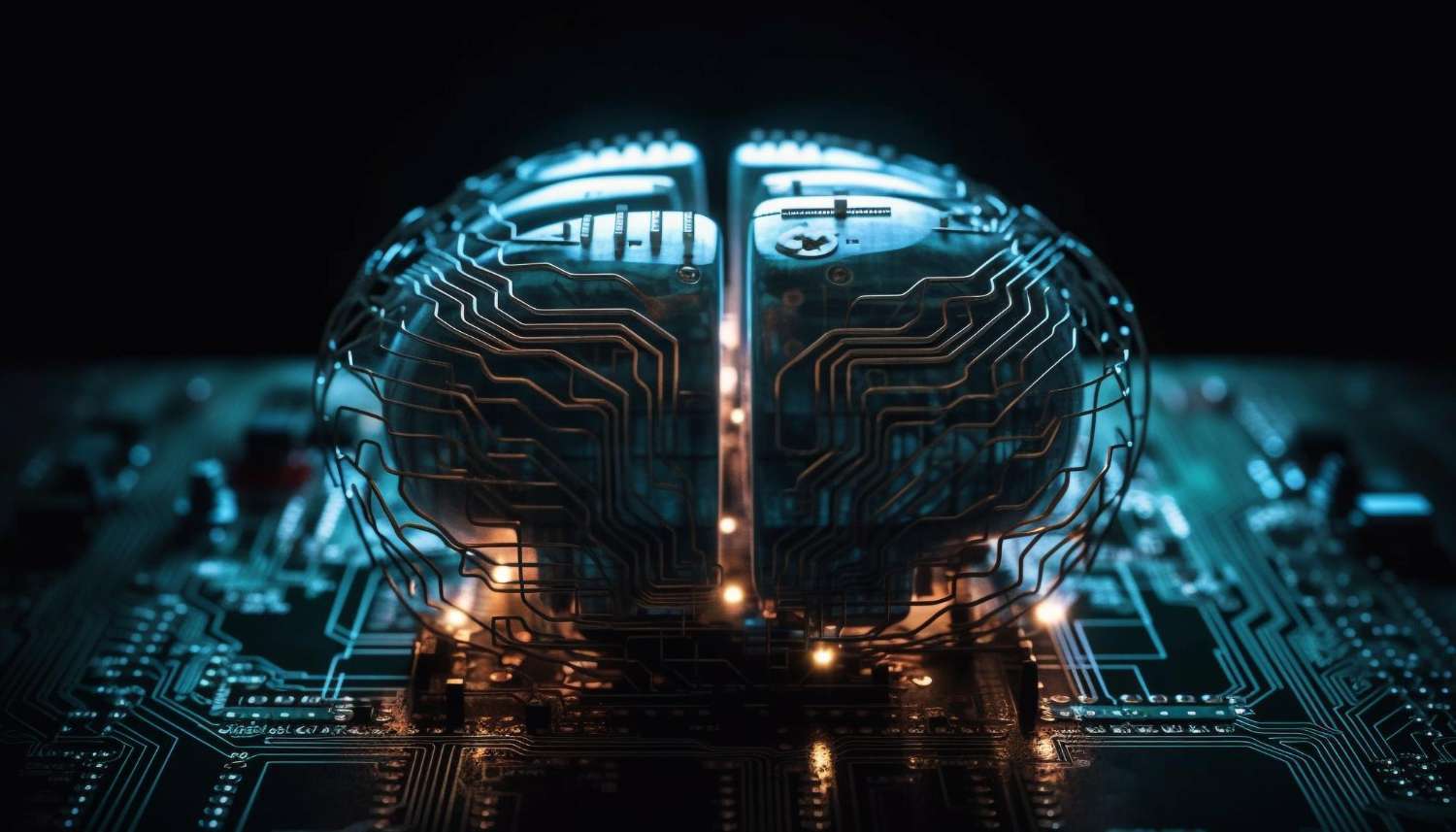Have you ever wondered how artificial intelligence can discern patterns in images and videos? Say hello to deep convolutional neural networks (CNN or DCNN), responsible for these incredible feats in AI technology.
Deep convolutional neural networks, an evolution of basic artificial neural networks, take inspiration from the visual cortex of animals, adopting a three-dimensional neural pattern. A DCNN processes the Red, Green, and Blue elements of an image simultaneously. This operation significantly reduces the artificial neurons needed to process an image.
The Anatomy of DCNN
The power of DCNNs resides in their layering approach. A DCNN typically comprises an input layer, one or more hidden layers, and an output layer. Within these structures, pooling layers facilitate a gradual reduction in image size, retaining only crucial information.
For instance, in a group of 4 pixels, the pixel with the maximum value might be kept (a process known as max pooling) or only the average is retained. The softmax function is applied at the end to the outputs of the fully connected layers, giving the probability of a class the image belongs to. However, the architecture can be slow in the scanning phase and in identifying regions.
DCNN Variants
DCNN has several variants, including Fast R-CNN and GoogleNet. Fast R-CNN can identify regions of interest in an image but operates at a faster speed. GoogleNet, a large-scale CNN architecture that won the ImageNet Challenge in 2014, achieved an error rate of less than 7%, close to human performance.
An even more impressive CNN is the Residual Neural Network (ResNet). Built with up to 152 layers, it participated in the ImageNet Challenge 2015 and achieved an error rate of just 3.57%.
DCNN Applications
DCNNs are not just statistically impressive; they have real-world applications too. They are more accurate than the human eye when classifying medical images, which facilitates the detection of abnormalities in X-ray or MRI images.
In Optical character recognition (OCR), DCNNs are deployed to identify symbols such as text or numbers in images. Run:AI, automates resource management and orchestration for machine learning infrastructure, opening the way for multiple compute-intensive experiments. Deep learning OCR is especially crucial in automated signature recognition in the banking and insurance industries.
Advantages of DCNNs
CNNs have an edge over other image classification algorithms thanks to their relative lack of pre-processing. They optimize filters through automated learning, negating the need for prior knowledge and human intervention in feature extraction. This autonomy is a significant advantage for DCNNs.
Convolution helps reduce the number of free parameters, enabling the network to be deeper. CNN allows many neurons to share the same filter, reducing the memory footprint as a single bias and single vector of weights are used across all receptive fields sharing that filter.
DCNN Training and Future Developments
Backpropagation, the usual training method for CNN architecture, is a conventional method for training such networks. However, advancements in technology have led to adaptations and improvements in network structures. For example, Time Delay Neural Networks (TDNNs) are convolutional networks that share weights across the temporal dimension, thereby allowing time-invariant processing of speech signals.

With the evolution of computer vision and GPU-accelerated implementations, modern-day CNNs offer more flexible and dynamic ways of incorporating contextual information to iteratively resolve local ambiguities. The future of DCNNs promises more development, with even faster processing speeds and expanded applications in image recognition and diagnostics.
Understanding deep convolutional neural networks is the first step to unlocking the full potential of this technology in generative AI. Using DCNNs, AI developers, content creators, graphics designers, and marketing teams can improve their creative output and solve challenges related to content and image generation, offering more unique and appealing material to the world.
- The Agentic Startup Manifesto - June 8, 2025
- Remote Hiring in 2025 - April 5, 2025
- Burnout in Remote Teams: How It’s Draining Your Profits - January 27, 2025
